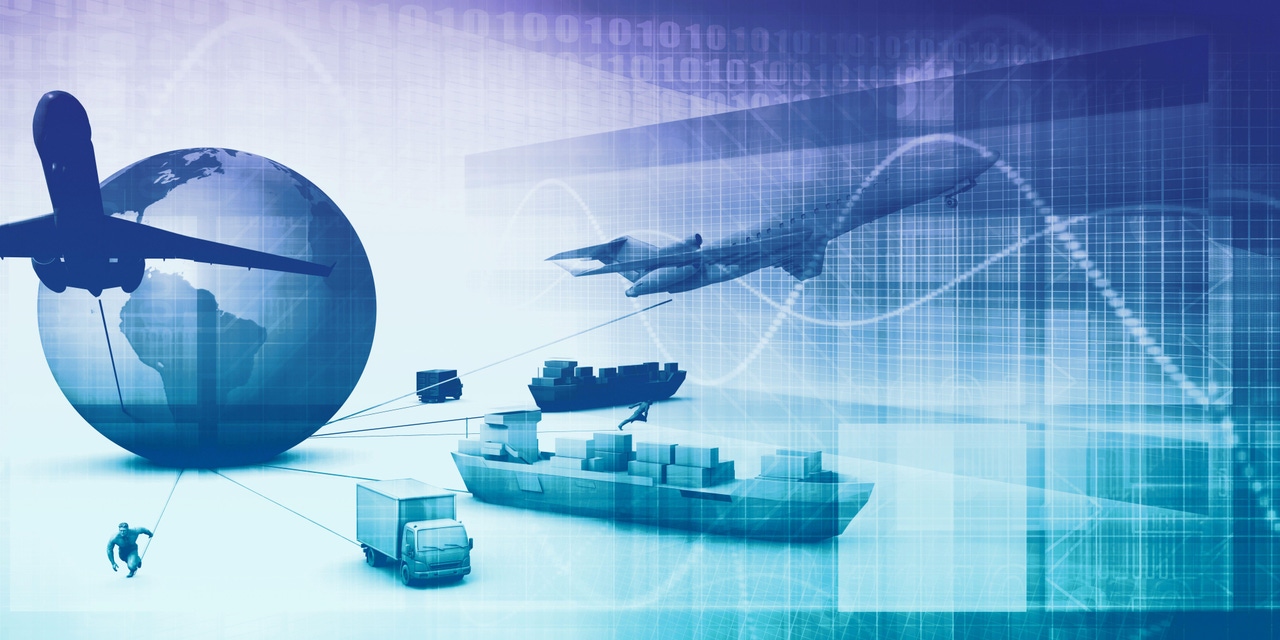Hardware Supply Chain Backlogs - AWS and Microsoft Have SolutionsHardware Supply Chain Backlogs - AWS and Microsoft Have Solutions
Here’s a quick overview of AWS' and Microsoft's solutions along with ways data center operators can manage supply chain backlogs and plan for future buildouts
December 8, 2022

It’s no surprise that world events have had an impact on supply chains. Consequently, it follows that vendors want to address customer needs in that area.
Microsoft announced on Nov. 14 the Microsoft Supply Chain Center, a platform using artificial intelligence (AI) to help manage and predict the supply chain’s impact on data center operations and planning. The platform is a command center that manages data, applications, internal collaboration, predictive analysis, and order management for enterprise supply chains.
Amazon announced on Nov. 29 Amazon Web Services (AWS) Supply Chain, which helps customers visualize any facility where they are handling inventory and use AI to provide recommendations on how to rebalance that inventory to meet corporate goals, said Diego Pantoja-Navajas, vice president of AWS Supply Chain.
Using the cloud is critical to help enterprises build more resilient supply chains, said Daniel Newman, principal analyst for Futurum Research. COVID-19 demonstrated that point solutions lacked the agility to pivot and maximize productivity and minimize constraints, he said.
But other than the cloud infrastructure they support, how are they different?
Distinctions between offerings
Whenever two vendors with an existing installed base announce competing products, it raises the question of whether they will be of interest to any enterprise not already a customer.
That said, supply chain industry watchers did see distinctions. In particular, some noted Microsoft’s offering appeared to be primarily repackaging existing tools, while Amazon’s added functionality.
“I think AWS is essentially targeting new companies, not established ones,” said Jonah McIntire, tribe lead of procurement for Transporeon. “Microsoft is the reverse.”
“Their announcements, teaser video, and solution web pages make it clear this isn’t about entering one of the well-defined software categories,” McIntire wrote in a guest blog post about Microsoft’s announcement. “Rather, their ambition seems to be to sell mostly existing software and professional services via spicing up the go-to-market activity around supply chain management.”
Amazon’s product, on the other hand, appears more geared toward inventory optimization – a field perhaps deliberately chosen to evade retailers’ concern about working with a potential competitor, wrote McIntire’s coworker David Landau, chief network and strategy officer, on LinkedIn.
Although Amazon doesn’t specify this, Landau says it’s apparent because, first of all, pricing is based on SKU/location. “This is the single most used metric in IO,” he writes – one not used in other supply chain fields. Secondly, most of its features are inventory-based, he said.
What it all means
Realistically, it’s unlikely either vendor has a product so compelling it will cause customers of the other to forklift-upgrade their infrastructure to use it.
That said, Gartner has indicated that centralized, standardized, and agile supply chain is a critical factor in company success. Making a good decision fast is better than making a perfect decision more slowly, noted Stan Aronow, vice president distinguished advisor. Being the two largest public cloud providers makes both Amazon and Microsoft well suited to play a strategic role, Newman said.
About the Author
You May Also Like







